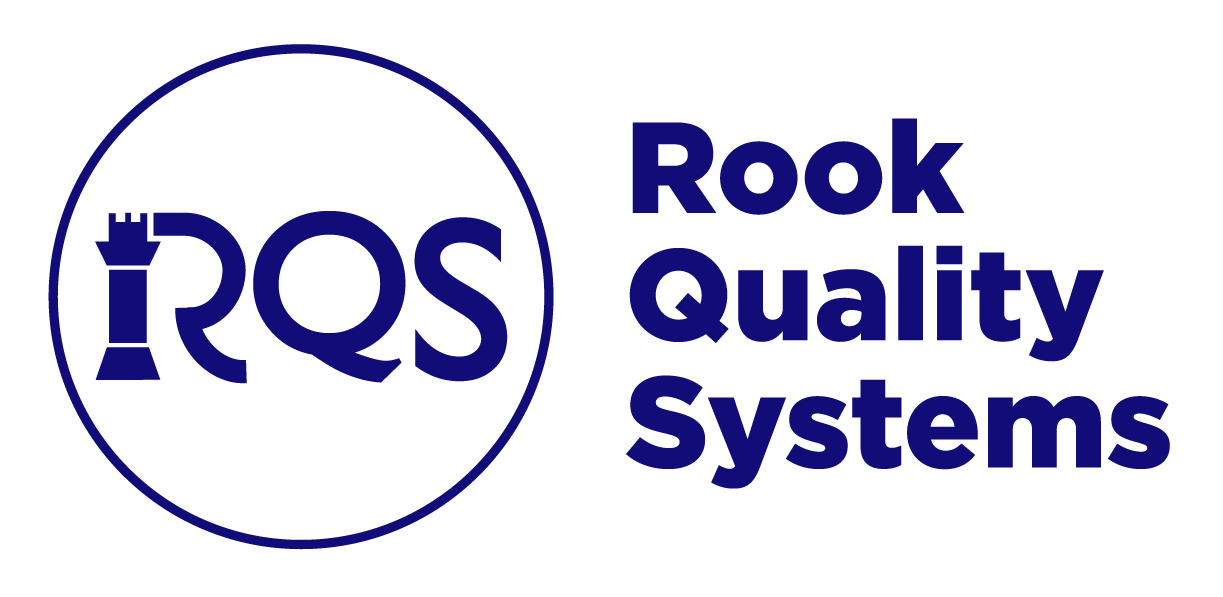What Is A PHA?
A Preliminary Hazards Analysis is a process used in producing medical devices to assess and record potential hazards and risks associated with a system, process, or project early in its development or planning stages.
Why Use a PHA?
PHAs are required for regulatory approval in many regulatory markets. The primary purpose of a PHA is to identify and prioritize potential hazards and risks so that appropriate measures can be taken to mitigate and reduce the risk before they reach the end user and cause harm.
How to Build a PHA?
A Preliminary Hazards Analysis is a chart that lists all the applicable hazards from ISO 14971 that fall into different categories. After the appreciated hazards have been identified, foreseeable events that could happen concerning that hazard are described. After identifying the foreseeable events, hazardous situations are created, which then identify the harms. Then, a flow of how each hazard creates eventual harm to the user is shown.
Risk Levels and Potential Hazards
A list of potential hazards can be found on the ISO website.
Understanding Risk Levels
Risk levels range from 1- 25; depending on probability and severity.
Identifying Potential Hazards
Identifying hazards revolves around the nature of your device, whether it has firmware, software, or electrical inputs, how it is used by the user, whether it touches the skin, whether it is implanted, etc.
Classifying Hazards Based On Severity
Hazards based on severity are classified into five levels:
- Five: Catastrophic, which means limb loss; life-threatening injury, or death.
- Four: Severe, long-term injury, and potential disability.
- Three: Serious or Short-term injury or impairment requiring additional medical intervention to correct (e.g., reoperation).
- Two: Minor or Slight customer inconvenience; little to no effect on product performance, and non-vital faults.
- One: Negligible, with no or negligible risk to the patient.
Determining Risk Levels Based On Likelihood
| Score | Qualitative term | Description |
|---|---|---|
| 5 | Frequent | ≥ 1 in 100 |
| 4 | Probable | < 1 in 1,000 |
| 3 | Occasional | < 1 in 10,000 |
| 2 | Remote | < 1 in 100,000 |
| 1 | Improbable | < 1 in 1,000,000 |
Hazardous Situations and Risk Management
Hazardous situations for biomedical devices refer to conditions or events that could lead to harm or injury to patients, users, or others, either directly or indirectly, as a result of the device’s operation or use. These situations may arise from various factors, including design flaws, manufacturing defects, inadequate maintenance, improper use, environmental factors, or interactions with other devices or equipment.
Implementing Controls To Mitigate Risks
Risk controls lower the risk levels of the device’s inputs or aspects. These risk controls could be design outputs, usability studies, clinical studies, or bench testing.
